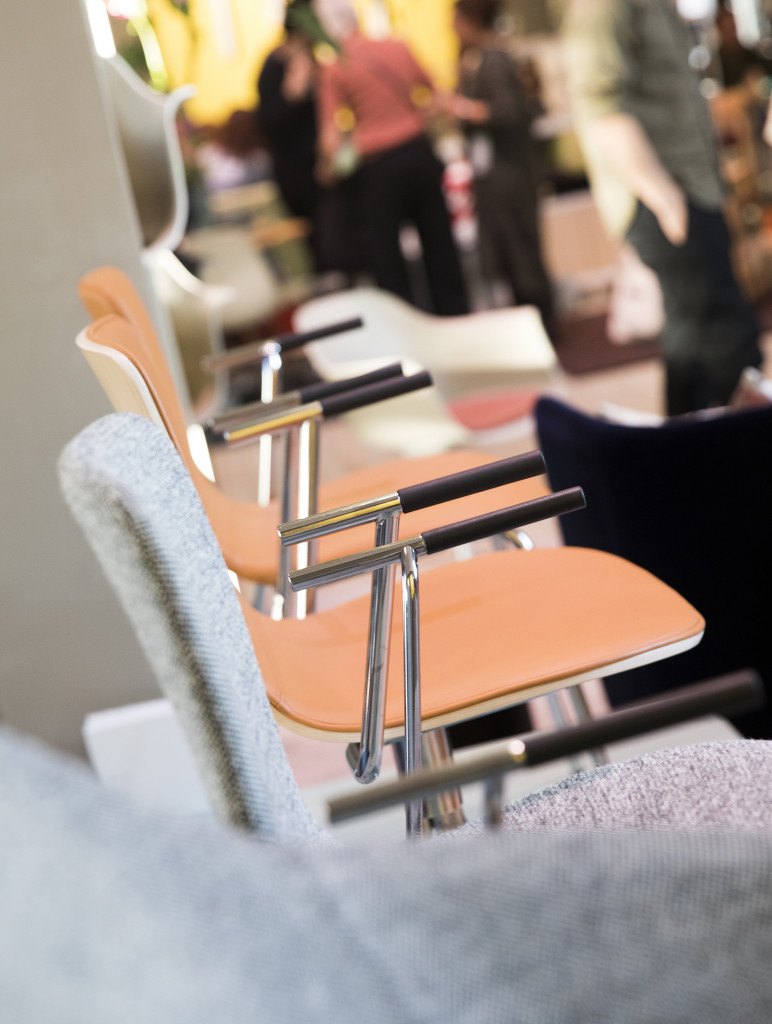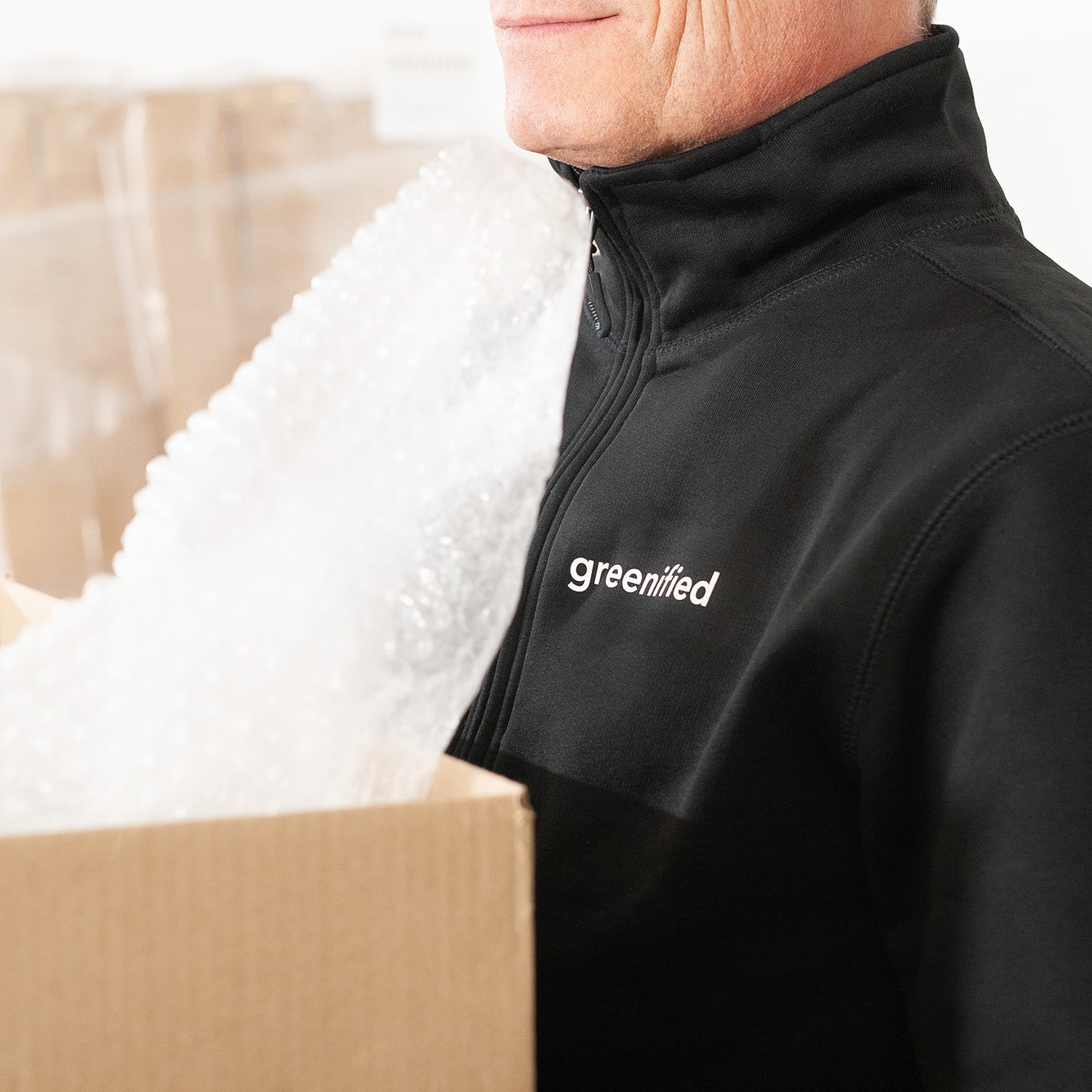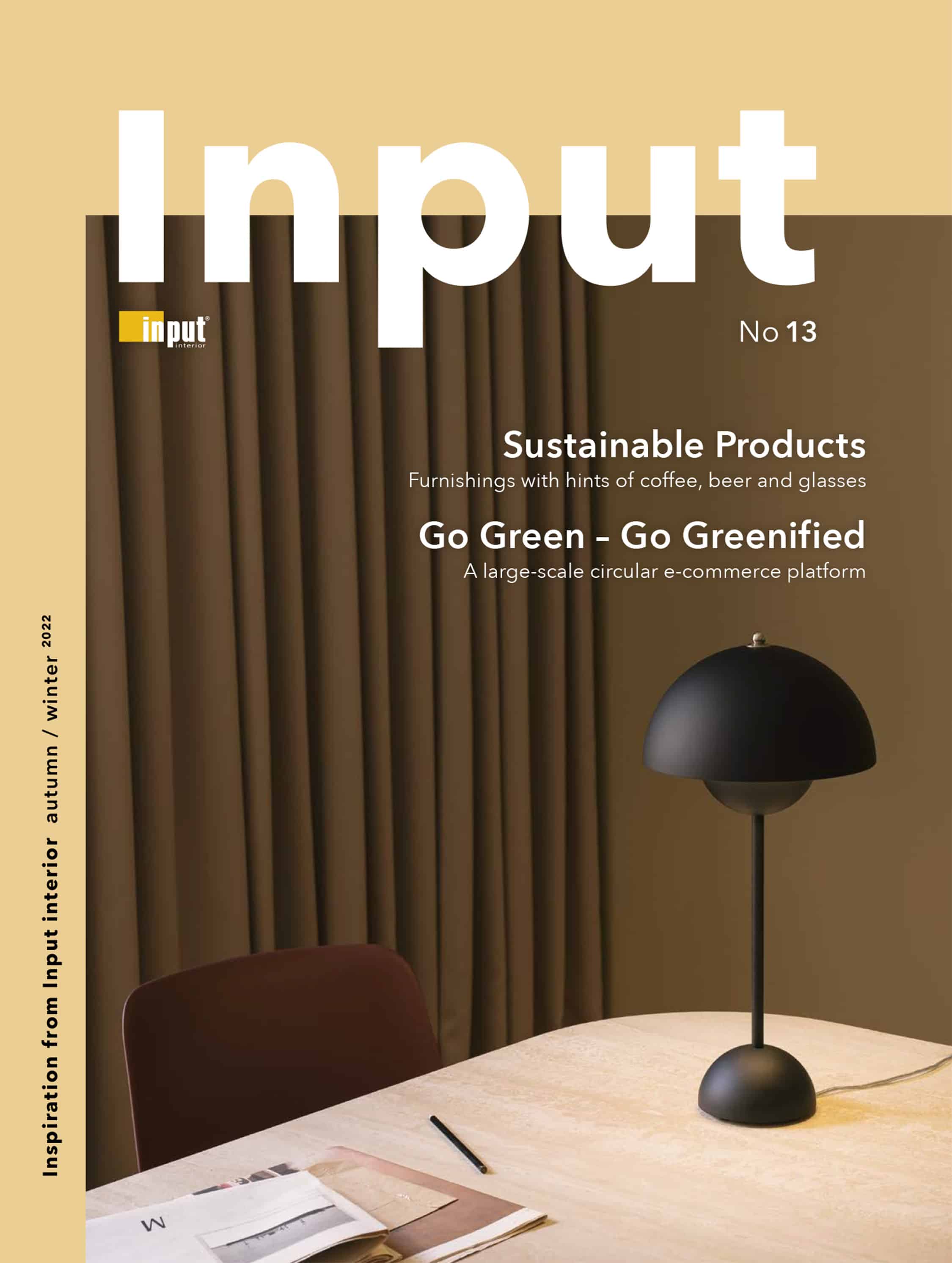Final push for Hjältarnas hus
On 2 May, it will finally be time to complete the inside of Hjältarnas hus (The House of Heroes). The interior furnishings for this temporary home for children affected by long-term illness and their families will be delivered and installed and the finishing touches applied. With that, the vision that began to take shape in late 2015 will become a reality.
On 2 May, the ideas and visions for the inside of Hjältarnas hus, House of Heroes, will be realised when a team of 20 will be on site for installation and completion.
“The furniture we are delivering for Hjältarnas hus wouldn’t look out of place in most homes. Scandinavian design in natural materials such as wood, cane, cotton and wool. At the same time it is sustainable and quality furniture that has been tested based on requirements for quality, environment and social responsibility. Naturally with removable and washable covers,” says Johan Nilsson, Site Manager at Input interior in Umeå, who, along with colleagues, will be commencing installation and completion on Tuesday.
A secure homely feel
When the interior design project for Hjältarnas hus began in late 2015, a homely feel was number one on the list of what the team wanted to accomplish.
“More than anything we wanted to create a relaxing and secure environment that resembles a home as much as possible, with open and accessible spaces. The whole house was to be accessible. Scope for interaction was also important. Consequently, we have employed holistic thinking with regard to the interior. It must be possible to combine furniture from different rooms – a chair from the kitchen should fit just as well in the craft room,” says Viveca Bernhardsson, interior architect at TM Konsult in Umeå, which was responsible for the interior design for the project.
Guiding requirements
She participated in a highly-dedicated reference group together with representatives from Hjältarnas hus and relatives with personal experience of being away from home during lengthy hospital visits.
“We have created scope for seclusion, but also space for socialising. It was important to be able to shut yourself away in peace to watch TV in your room, but also be able to watch in the communal lounge or separately with relatives who come to visit. Individual fridges were also important for the freedom to prepare your own food and avoid expensive, monotonous restaurant food every day. All families and individuals have differing needs, which we have tried to accommodate, and both children and adults have been involved and given their opinions, which has provided us with a wealth of good ideas.”
Games, craft and study rooms, large sofas for the whole family to curl up and get cosy, and the possibility to put up pictures and odds and ends to look at when lying in bed trying to sleep are some of the ideas from children that have been implemented. For the adults, a gym was high on the wish list, to allow physical exercise without having to leave the grounds. As was a quiet space for private phone calls.
“The house has largely been designed for children, with space for playing. At the same time, however, it was extremely important to create a space for adults where they can gather and share experiences. This is delivered in the form of a glass atrium between Grindvaktarstugan (the old hospital caretaker’s cottage) and the new building. This has been furnished to facilitate communication by opening up the area, equipping it with lounging chairs and upright seating and numerous stools that can be moved around and grouped together. The glass atrium creates an airy outdoor feel with a blue ceiling and a large tree in the centre,” says Viveca.
Clear internal organisation
The interior aims to contribute to communication and help create clarity regarding what needs are catered for in the different rooms and parts of the building.
“We know a lot about the needs of the residents, such as being able to get away to chat without being disturbed. The interior design should provide clear guidance as to these needs,” says Viveca, and concludes:
“We have encountered many aha moments during this project. Such as, for example, the fact that a room feels incredibly desolate with an empty made-up bed waiting for a child to return after treatment. So we have made use of day beds, which can be used as sofas in the daytime, instead of standard beds. I really hope and believe that families will feel at home and that they have a safe place to be together here at Hjältarnas hus.”
And Christer Nederstedt, project manager at Hjältarnas hus, is happy with how the process has worked and is looking forward to finally being able to open Hjältarnas hus:
“It has, first and foremost, been a pleasure to work with people who are expert at what they do. We have had a close and positive partnership with both TM Konsult and Input interior through good and bad, which is reflected in the end result. It feels great that there is genuine commitment in the effort invested by all our partners. I am now looking forward to moving in. It’s such a good feeling to be able to open Hjältarnas hus to those who really need it.”



















